
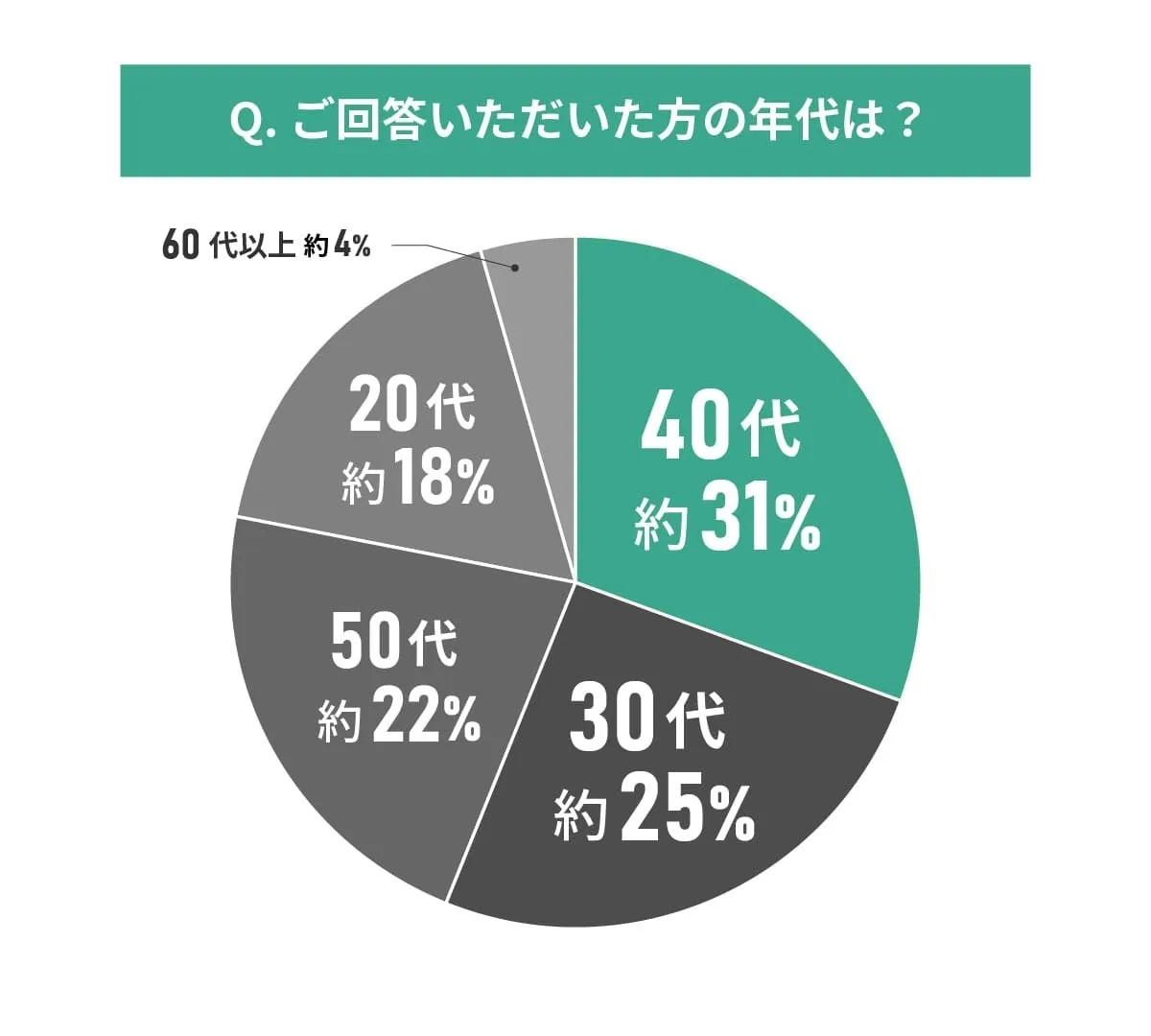
Insights from 114 Buyers on Portal Sites for Second-Hand Apartment Searches
In the realm of second-hand apartment searches, a significant number of potential buyers turn to online portal sites, which provide a crucial interface between them and their dream homes. A recent survey conducted by MEMOCO in collaboration with the online platform, Sumnara, collected insights from 114 individuals who have purchased second-hand apartments. This investigation sheds light on which portal sites are preferred, reasons for their choice, and the characteristics buyers envision for an ideal platform.
The survey was carried out over a 3-month period, from January 29, 2025, to April 10, 2025, focusing on both men and women. The demographic breakdown revealed that nearly a quarter of the respondents were in their 30s, with about 18% in their 20s and 31% in their 40s. The remaining ages included 22% in their 50s and about 4% were 60 or older.
When queried about how many portal sites buyers had engaged during their property search, results indicated an intriguing pattern. Roughly half of the respondents used one or two portals, showcasing a preference for sticking to familiar sites. However, around 10% did explore five or more platforms, illustrating a cautious yet comprehensive approach to information gathering. This is particularly noticeable among younger buyers in their 20s and 30s, who were more inclined to leverage multiple resources.
Among the portal sites used, SUUMO emerged as the front-runner, with a remarkable 62% of respondents utilizing it during their search. Following closely were At Home and Iie Heya Net, capturing about 11% and 8% respectively. SUUMO's popularity is particularly associated with its extensive appeal across various demographic segments, most notably among women in their 30s.
The criteria for choosing these sites are telling as well. A dominant 52% selected portal sites based on their reputation and trustworthiness, emphasizing how critical awareness and reliability are for first-time buyers or older respondents seeking assurance in their decisions. Other factors such as the number of listings and ease of site use also played crucial roles, with younger users leaning towards site usability and mobile app convenience.
Looking to the future, the survey also ventured into what prospective buyers desire in an ideal portal site. An overwhelming 35% echoed the need for a high volume of property listings, while many expressed a desire for unique offerings and refined search functionalities, including information about community living and maintenance status.
Differences in portal site preferences also surfaced between genders; men leaned towards features highlighting efficiency, while women sought reassurance through detailed community information and renovation insights. This divergence underscores the varied priorities that different demographics hold when navigating the housing market.
In conclusion, this survey not only highlights current trends regarding portal site usage among second-hand apartment buyers but also directly informs the evolving expectations of such platforms. The implications suggest that future development should not only focus on maintaining substantial property listings and user-friendly interfaces but also prioritize providing comprehensive and detailed knowledge surrounding property management, investment value, and personalization of user experience. As buyers increasingly seek tailored solutions that assist them in making informed decisions, portal sites must evolve into trusted advisors in the property market.
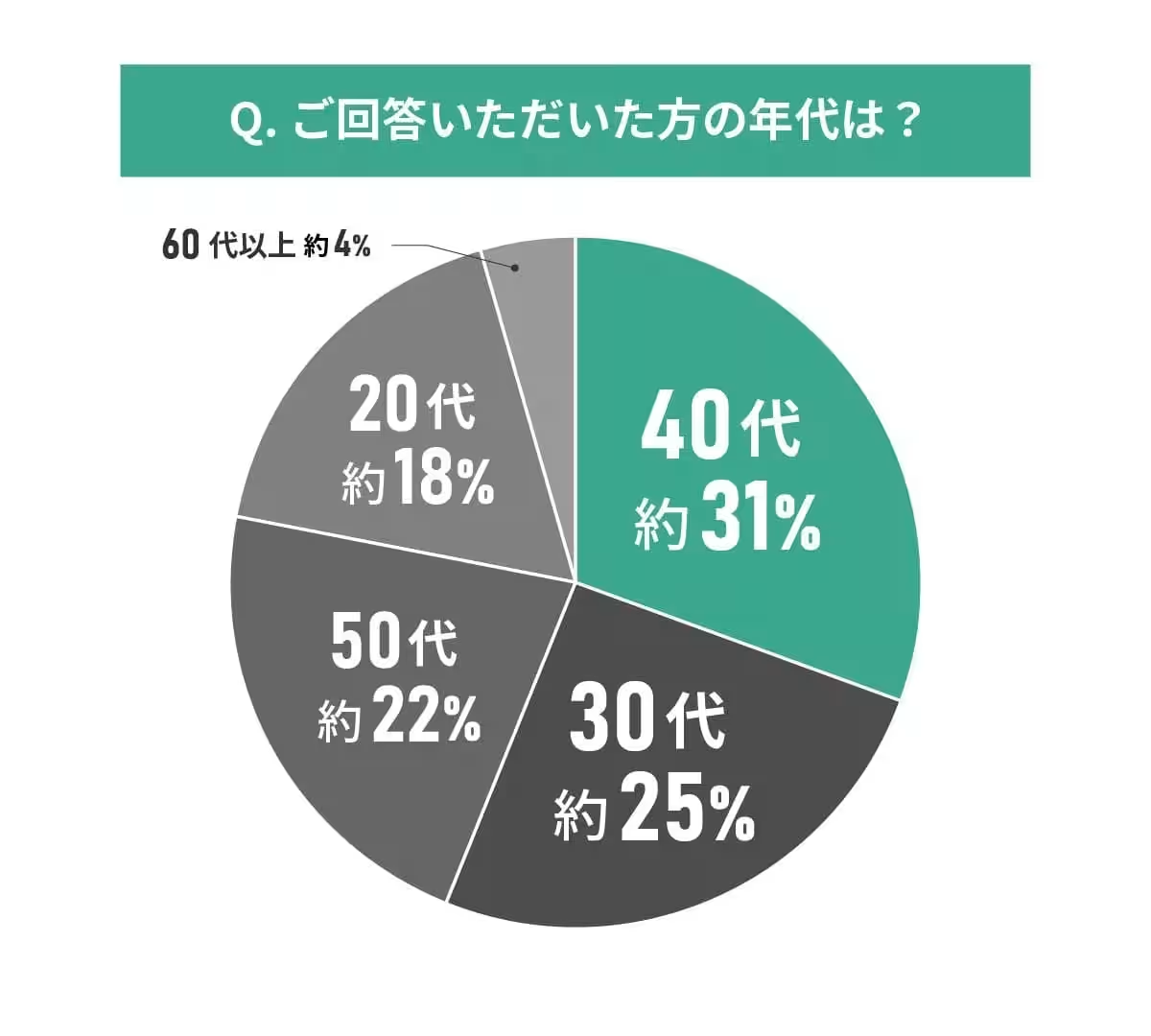
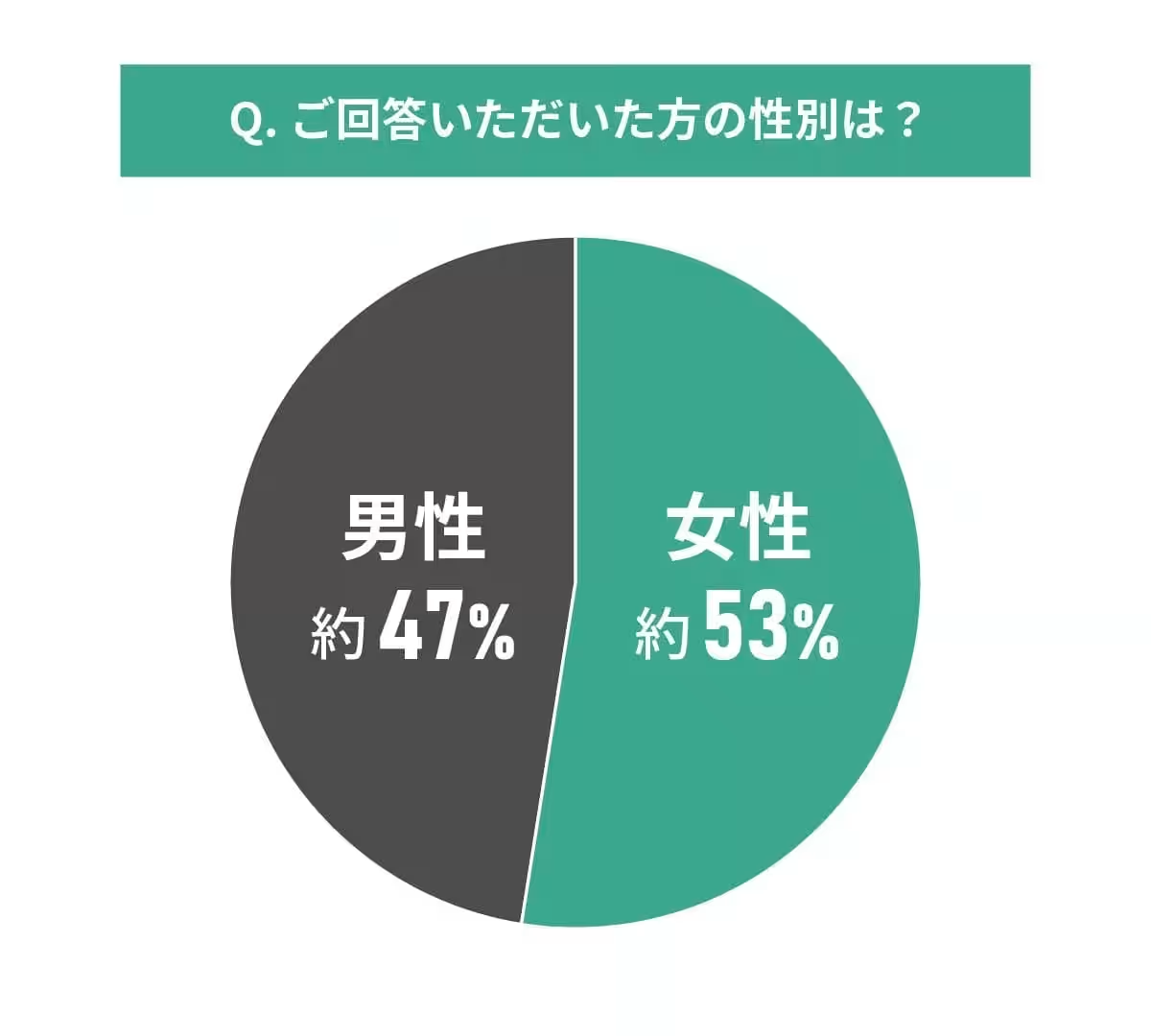
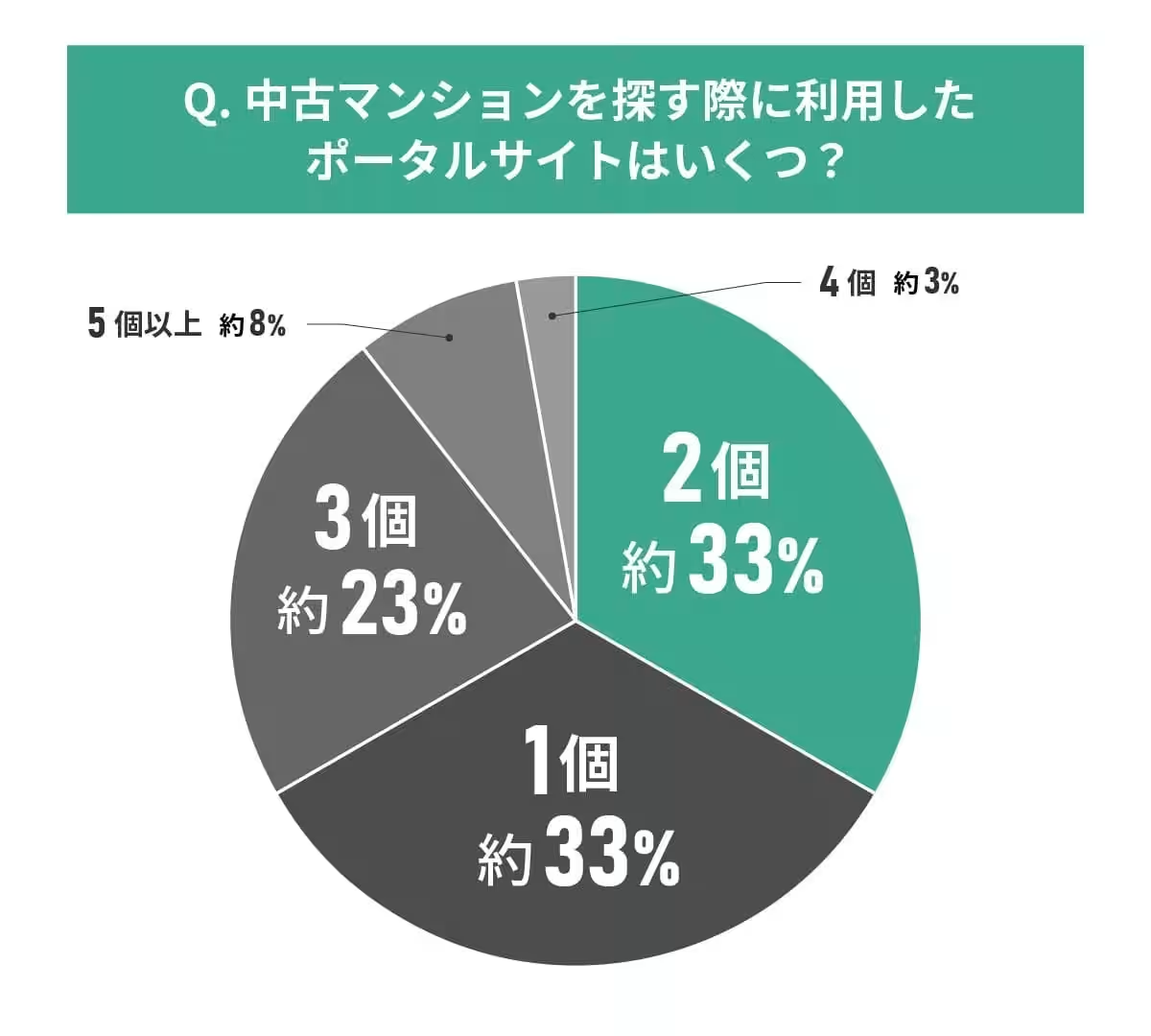
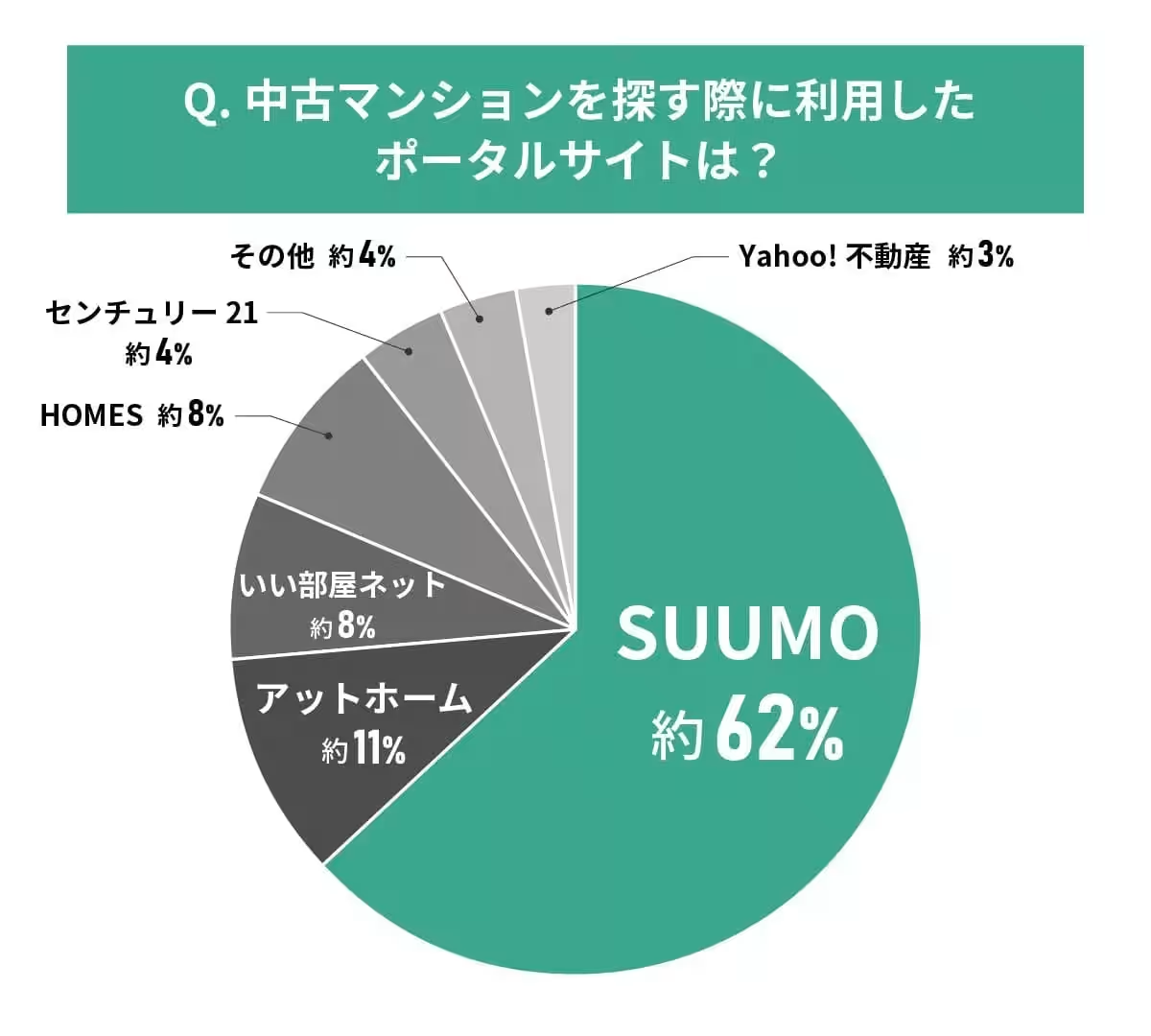

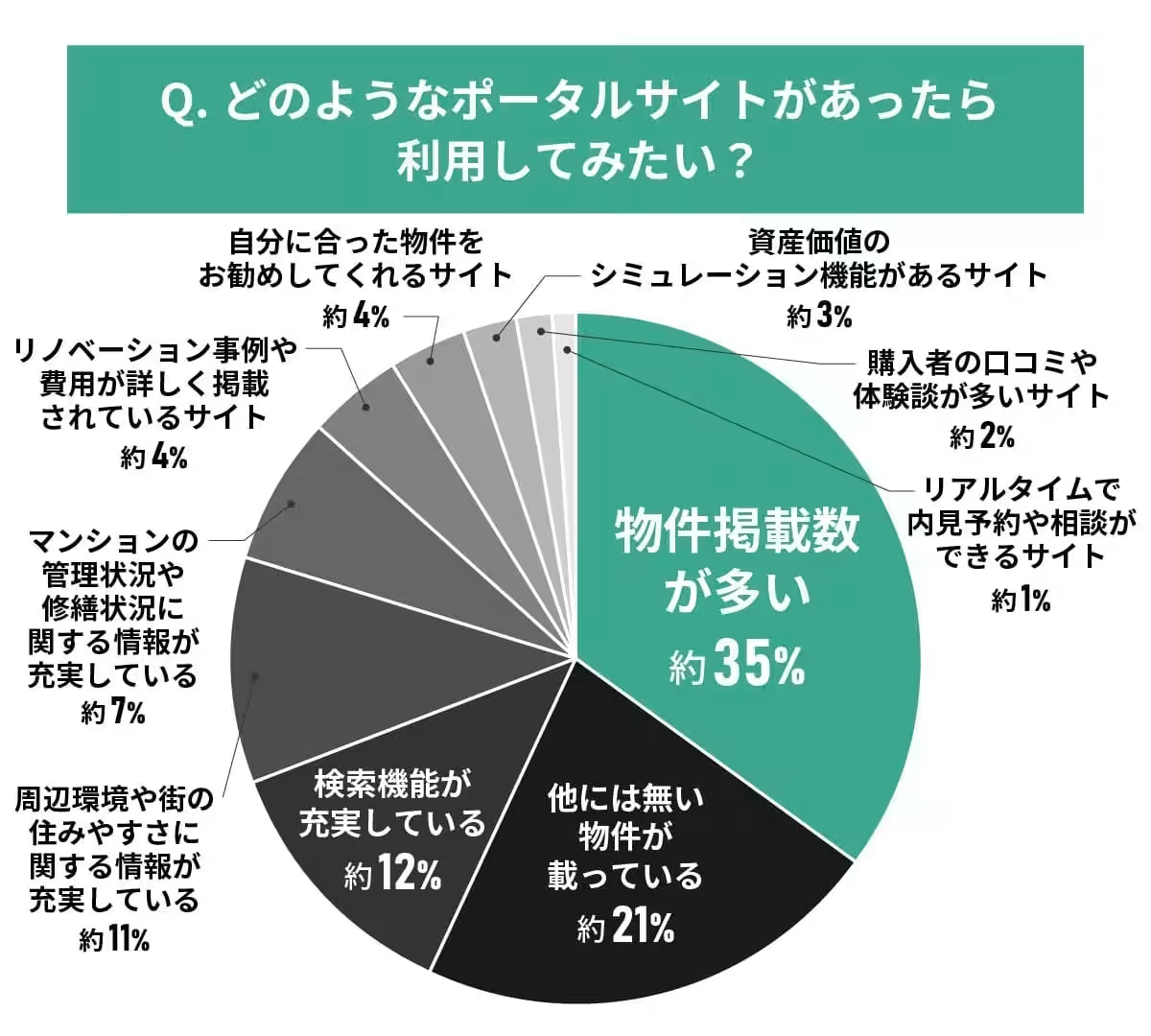
The survey was carried out over a 3-month period, from January 29, 2025, to April 10, 2025, focusing on both men and women. The demographic breakdown revealed that nearly a quarter of the respondents were in their 30s, with about 18% in their 20s and 31% in their 40s. The remaining ages included 22% in their 50s and about 4% were 60 or older.
When queried about how many portal sites buyers had engaged during their property search, results indicated an intriguing pattern. Roughly half of the respondents used one or two portals, showcasing a preference for sticking to familiar sites. However, around 10% did explore five or more platforms, illustrating a cautious yet comprehensive approach to information gathering. This is particularly noticeable among younger buyers in their 20s and 30s, who were more inclined to leverage multiple resources.
Among the portal sites used, SUUMO emerged as the front-runner, with a remarkable 62% of respondents utilizing it during their search. Following closely were At Home and Iie Heya Net, capturing about 11% and 8% respectively. SUUMO's popularity is particularly associated with its extensive appeal across various demographic segments, most notably among women in their 30s.
The criteria for choosing these sites are telling as well. A dominant 52% selected portal sites based on their reputation and trustworthiness, emphasizing how critical awareness and reliability are for first-time buyers or older respondents seeking assurance in their decisions. Other factors such as the number of listings and ease of site use also played crucial roles, with younger users leaning towards site usability and mobile app convenience.
Looking to the future, the survey also ventured into what prospective buyers desire in an ideal portal site. An overwhelming 35% echoed the need for a high volume of property listings, while many expressed a desire for unique offerings and refined search functionalities, including information about community living and maintenance status.
Differences in portal site preferences also surfaced between genders; men leaned towards features highlighting efficiency, while women sought reassurance through detailed community information and renovation insights. This divergence underscores the varied priorities that different demographics hold when navigating the housing market.
In conclusion, this survey not only highlights current trends regarding portal site usage among second-hand apartment buyers but also directly informs the evolving expectations of such platforms. The implications suggest that future development should not only focus on maintaining substantial property listings and user-friendly interfaces but also prioritize providing comprehensive and detailed knowledge surrounding property management, investment value, and personalization of user experience. As buyers increasingly seek tailored solutions that assist them in making informed decisions, portal sites must evolve into trusted advisors in the property market.






Topics Consumer Products & Retail)










【About Using Articles】
You can freely use the title and article content by linking to the page where the article is posted.
※ Images cannot be used.
【About Links】
Links are free to use.